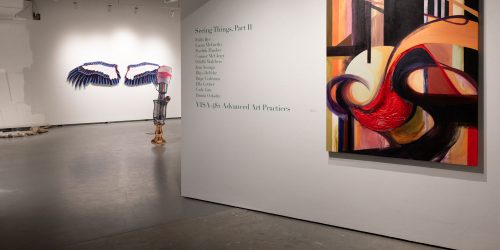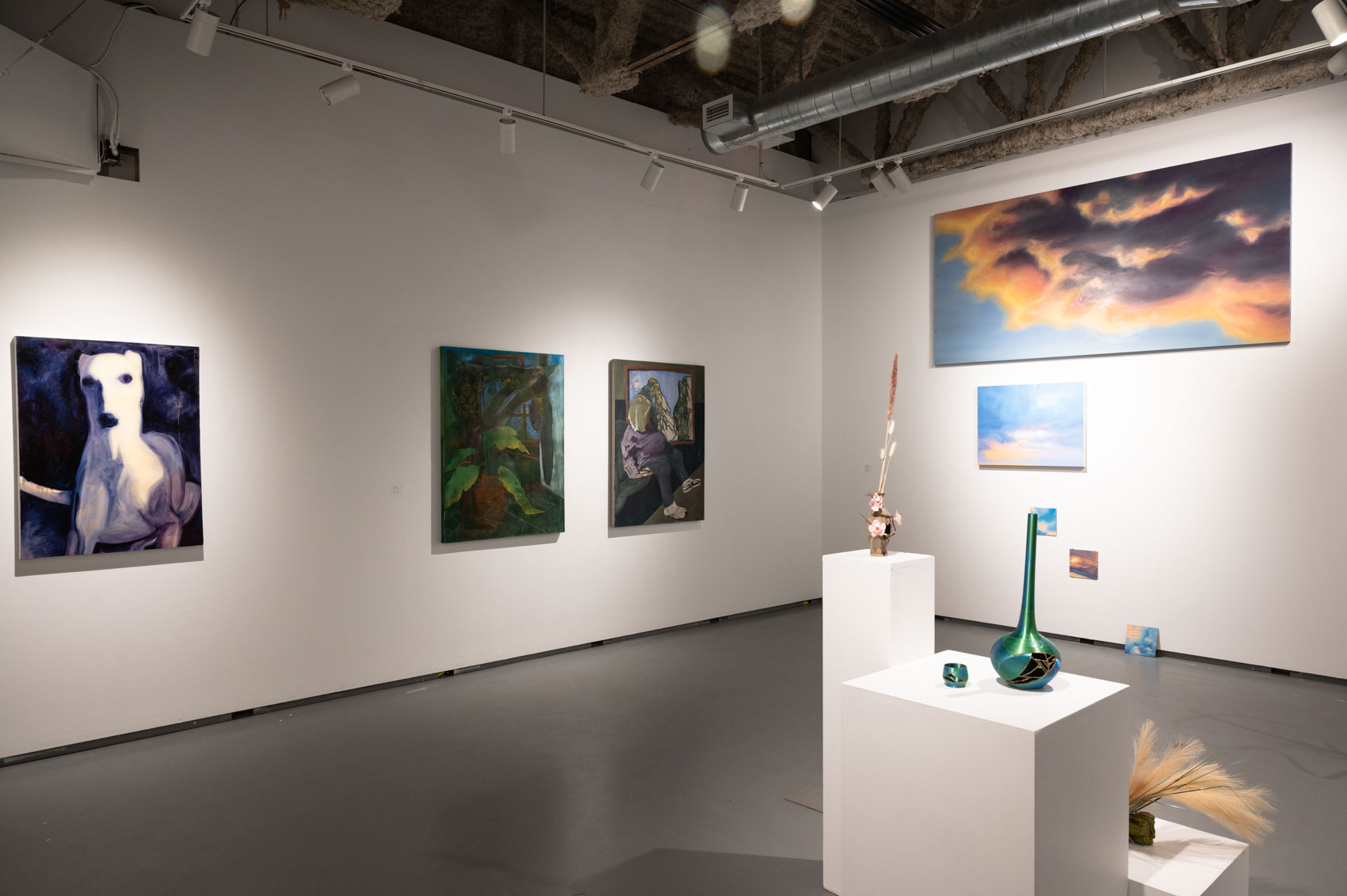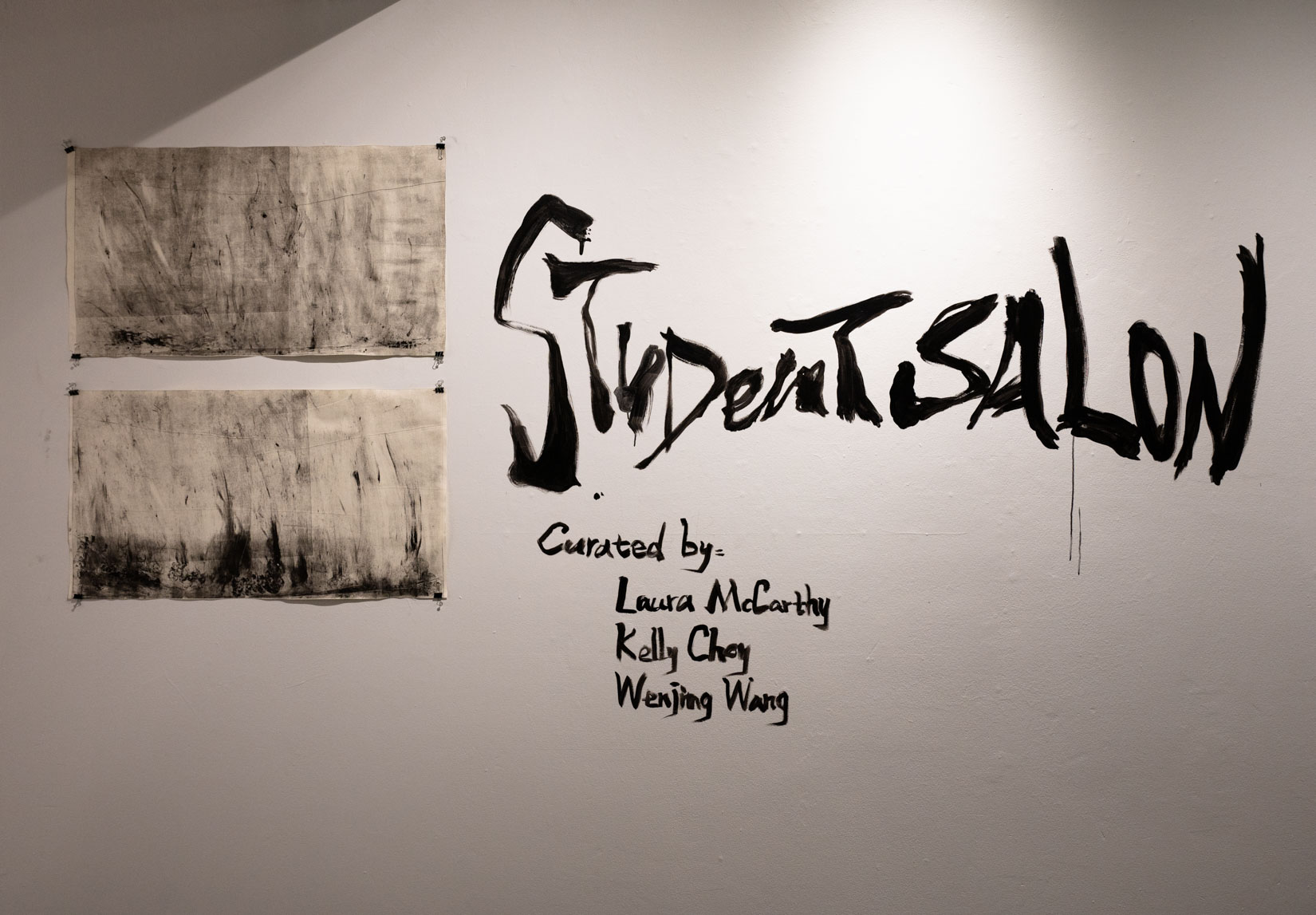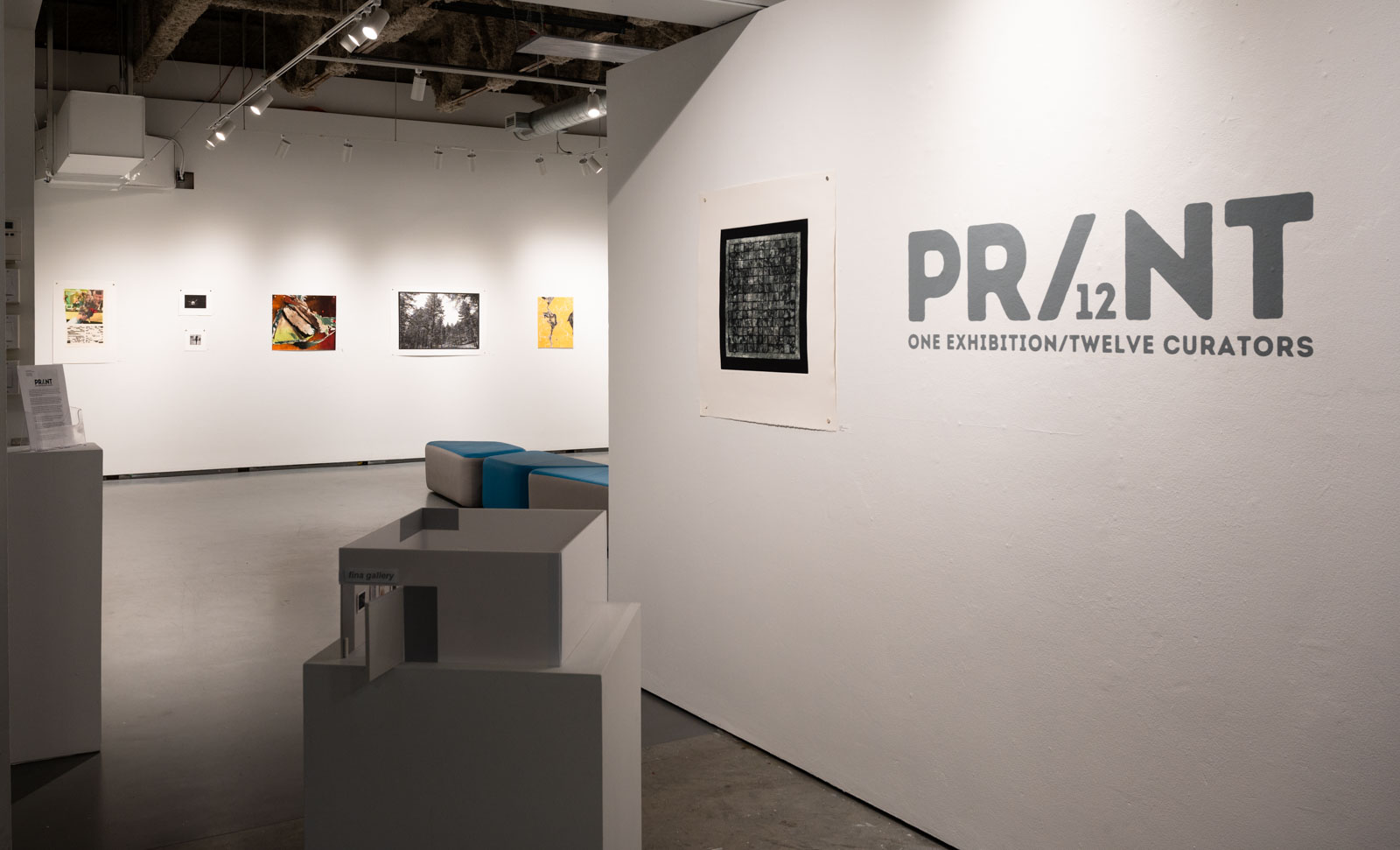The Gay Agenda
The Gay Agenda is a pejorative phrase and idealogy coined by conservative religious groups targetting the advocacy of the 2SLGBTQ+ community. The idea being that queer people have created an elaborate scheme to recruit people to the queer lifestyle, encourage deviant behaviour, and dismantle institutions such as “traditional family and marriage”. While the queer community definitely has an agenda, this...

 Follow
Follow







